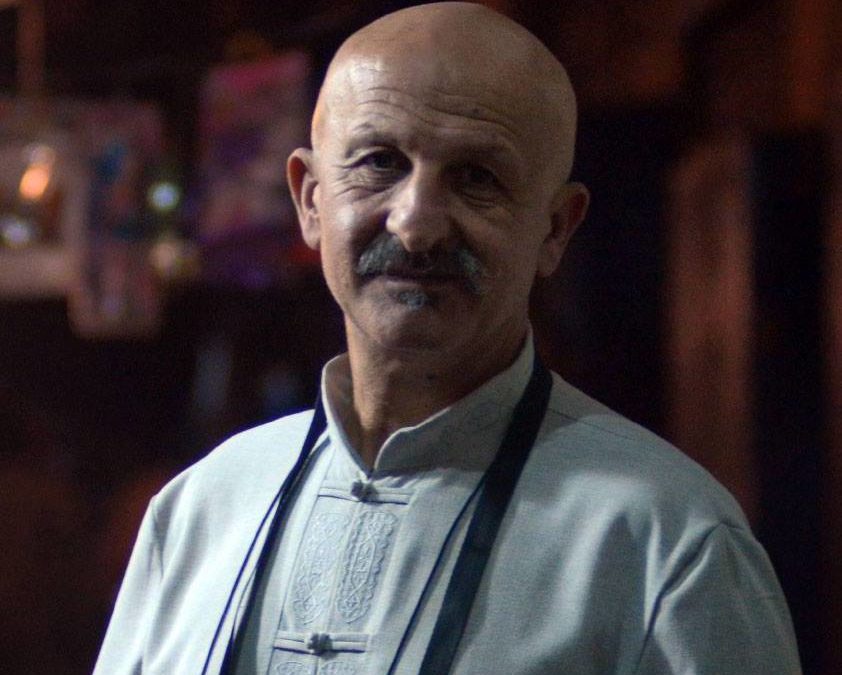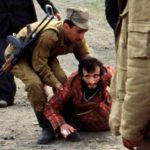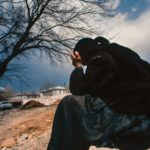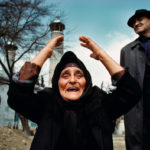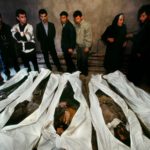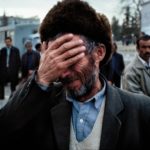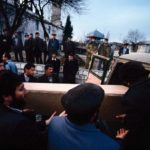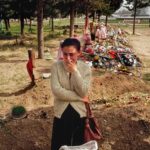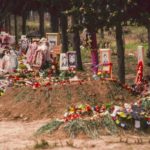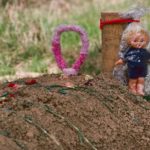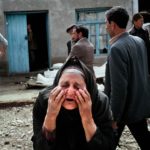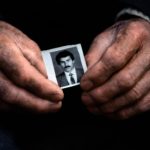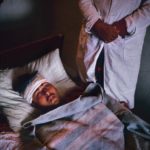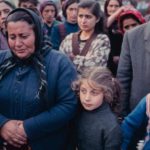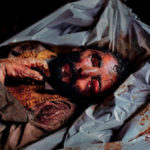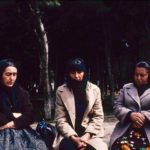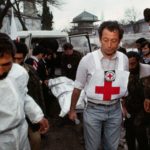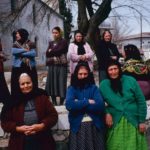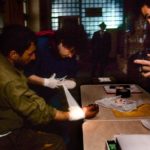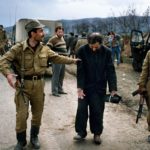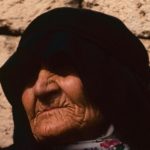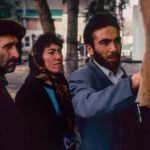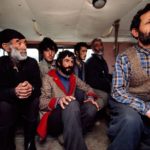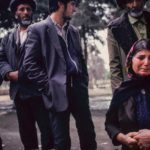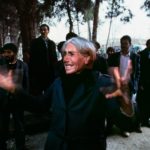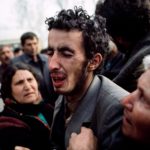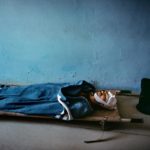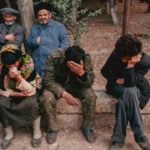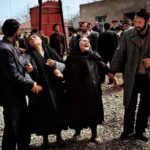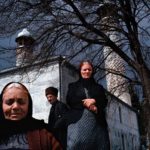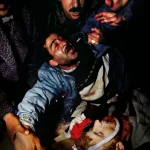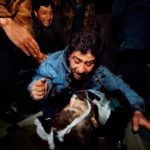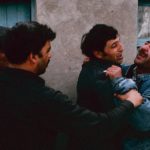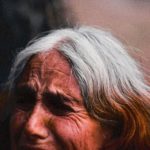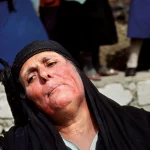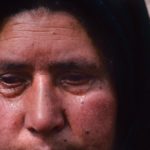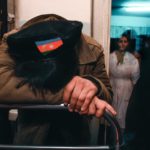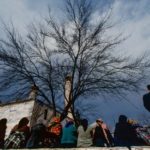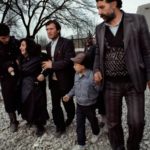Dünya mənim ölkəmə çevrildi. Mən bir fotoqraf kimi onun ətrafında gəzirəm və onun müharibə ilə sülh arasında necə sürükləndiyinin şahidi oluram. Mənim doğma yerim Parisdir, lakin mən bütövlükdə insanlığımızın yaralarına şahidlik edirəm. 1987-ci ildən, Bakıya ilk getdiyim vaxtdan Azərbaycanda bir neçə dəfə fotojurnalist kimi olmuşam.
Mən beynəlxalq media üçün ölkə tarixinin həlledici, faciəli anlarını, o cümlədən 1990-cı ilin Qara Yanvarını, Ermənistan-Azərbaycan, Dağlıq Qarabağ münaqişəsini və 1992-ci ildə Azərbaycanın Xocalı şəhərində baş vermiş qətliamı işıqlandırmışam. Bir neçə il sonra, National Geographic Magazine üçün tapşırığı yerinə yetirərkən mən bir müddət vaxtımı qaçqınların və köçkünlərin problemli həyatlarını və digər mövzuları araşdırmağa sərf etdim.
Mən hər dəfə Azərbaycana qayıdarkən ölkədə sürətli dəyişikliklərin baş verdiyinin şahidi və müşahidəçisi olmuşam. Səyahət etdiyim hər bir kənddə, qəsəbədə, şəhərdə faciənin xatirəsini yad etmək üçün bir anım yerinin olduğunu gördüm. Mən “Günahsızların qətliamı”nda geosiyasi şahmat oyununun gücsüz qurbanları olan qadın və kişilərin xatirəsinə hörmət etmək istədim.
Mən beynəlxalq media üçün ölkə tarixinin həlledici, faciəli anlarını, o cümlədən 1990-cı ilin Qara Yanvarını, Ermənistan-Azərbaycan, Dağlıq Qarabağ münaqişəsini və 1992-ci ildə Azərbaycanın Xocalı şəhərində baş vermiş qətliamı işıqlandırmışam. Bir neçə il sonra, National Geographic Magazine üçün tapşırığı yerinə yetirərkən mən bir müddət vaxtımı qaçqınların və köçkünlərin problemli həyatlarını və digər mövzuları araşdırmağa sərf etdim.
Mən hər dəfə Azərbaycana qayıdarkən ölkədə sürətli dəyişikliklərin baş verdiyinin şahidi və müşahidəçisi olmuşam. Səyahət etdiyim hər bir kənddə, qəsəbədə, şəhərdə faciənin xatirəsini yad etmək üçün bir anım yerinin olduğunu gördüm. Mən “Günahsızların qətliamı”nda geosiyasi şahmat oyununun gücsüz qurbanları olan qadın və kişilərin xatirəsinə hörmət etmək istədim.

